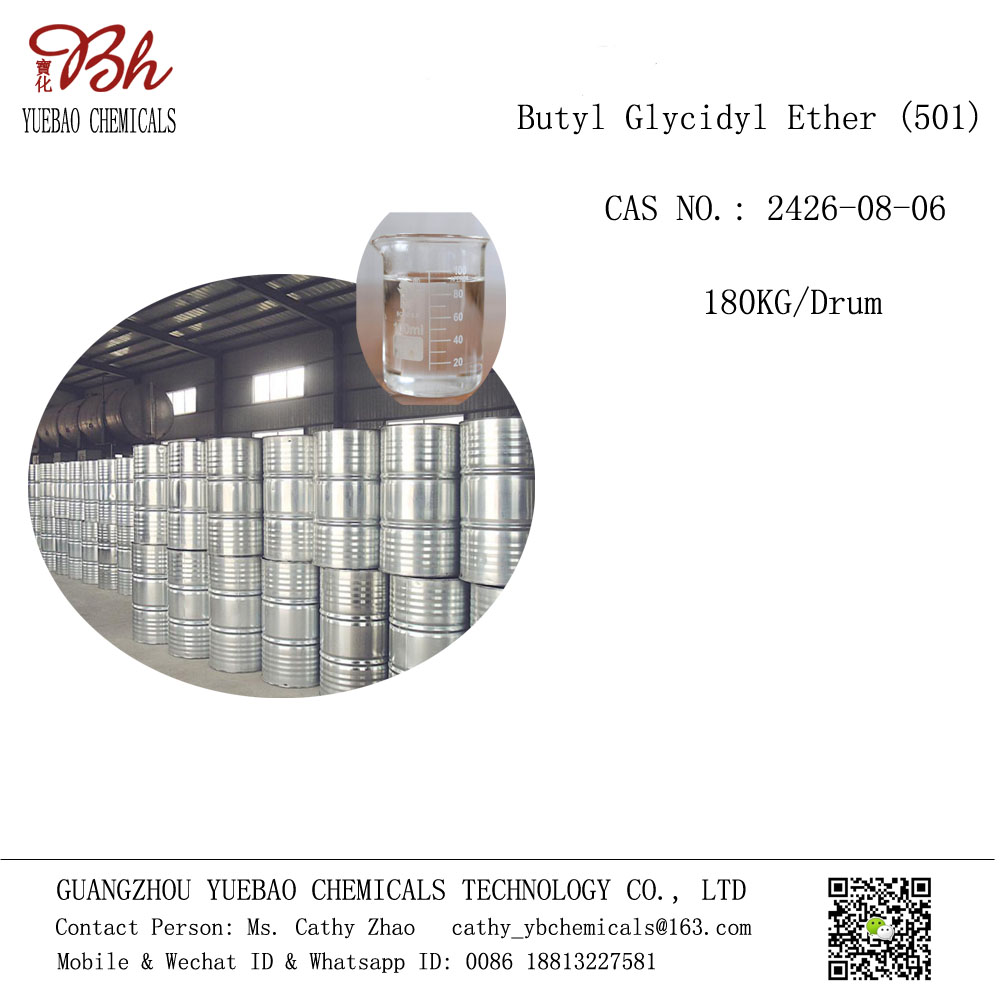The main use of polyethylene glycol in the field of biomedicine
Back to listSource: Release date:[2017-08-22 13:20:00] | Add to Favorites
Medical polyethylene glycol is also called polyethylene oxide (PEO). Linear polyether obtained by ring-opening polymerization of ethylene oxide. The main uses in the biomedical field are as follows:
1. Liquid for contact lenses. Utilizing the viscosity of polyethylene glycol aqueous solution is more sensitive to shear rate and bacteria are not easy to grow on polyethylene glycol.
2. Synthetic lubricant. Condensation polymer of ethylene oxide and water. To prepare an ointment base for water-soluble drugs, it can also be used as a solvent for insoluble drugs such as acetylsalicylic acid and caffeine for the preparation of injections.
3. Carriers for sustained drug release and immobilized enzymes. The polyethylene glycol aqueous solution is coated on the outer layer of the pill to control the diffusion of the drug in the pill in the body to improve the drug effect.
4. Surface modification of medical polymer materials. The use of amphiphilic copolymers containing polyethylene glycol to adsorb, trap and graft on the surface of medical polymer materials can improve the biocompatibility of medical polymer materials in contact with blood.
5. Making alkanol contraceptive film.
6. Make hydrophilic anticoagulant polyurethane.
7. Polyethylene glycol 4000 is an osmotic laxative, which can increase the osmotic pressure in the intestinal cavity, absorb water, soften the stool, increase its volume, and promote bowel movement and defecation.
8. Denture fixative. Polyethylene glycol is used as a component of denture fixatives with its non-toxic and gel-forming properties.
9. PEG4000 and PEG6000 are commonly used to promote cell fusion or protoplast fusion and help organisms (such as yeast) to take up DNA during transformation. PEG can absorb water in the solution, so it is also used to concentrate the solution.
Polyethylene glycol allows the use of this kind of additives in the Chinese name of food: candy, chocolate products coating additives function: the maximum allowable amount of coating agent (g/kg): according to production needs to use the maximum allowable residual amount (g/kg): According to the production needs, use a suitable amount of a melting promoter, an excellent chemical melting promoter used in the fusion of protoplasts. It is a polymer of ethylene glycol with the molecular formula HOCH2(CH2O·CH2)nCH2OH. It is a white, slightly yellow waxy solid, soluble in water, and has a slight odor. There are a series of polymers with different relative molecular masses. Those with a relative molecular mass between 200 and 6000 can be used as a melting accelerator, but the one with a relative molecular mass of 1000 is better (it is liquid at this time).
Next:Various thinner applications Previous:What is the greatest use of lauric acid? ?
【Recommend News】
- 2021.11.24DIMETHYLAMINOPROPYLAMINE (DMAPA) MARKET - GROWTH, TRENDS, COVID-19 IMPACT, AND F
- 2021.11.02TEAM
- 2021.11.02CORPORATE CULTURE
- 2017.12.05Specifications and uses of 1631 emulsifier
- 2017.11.30Application fields of 1816 tertiary amine






